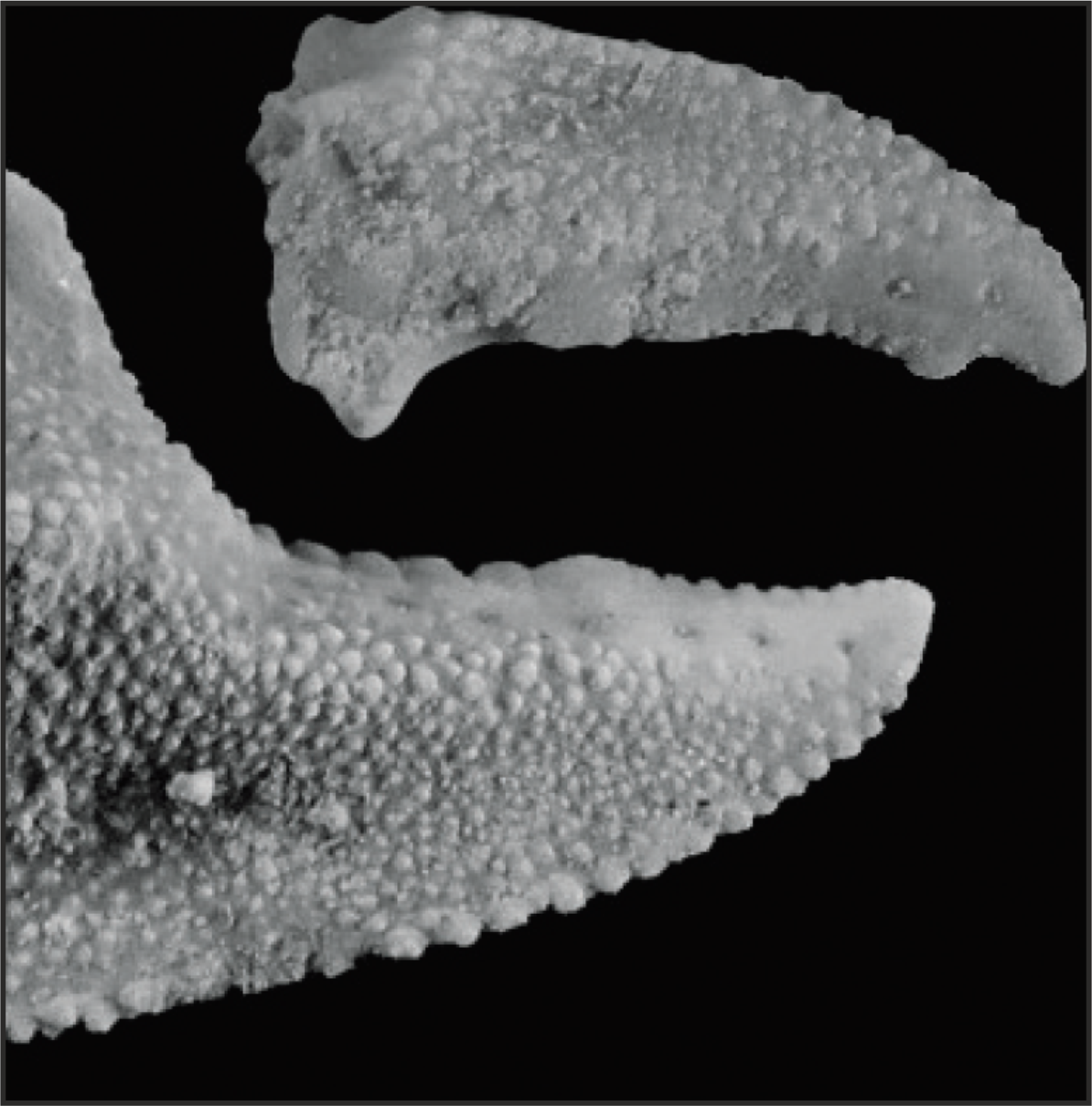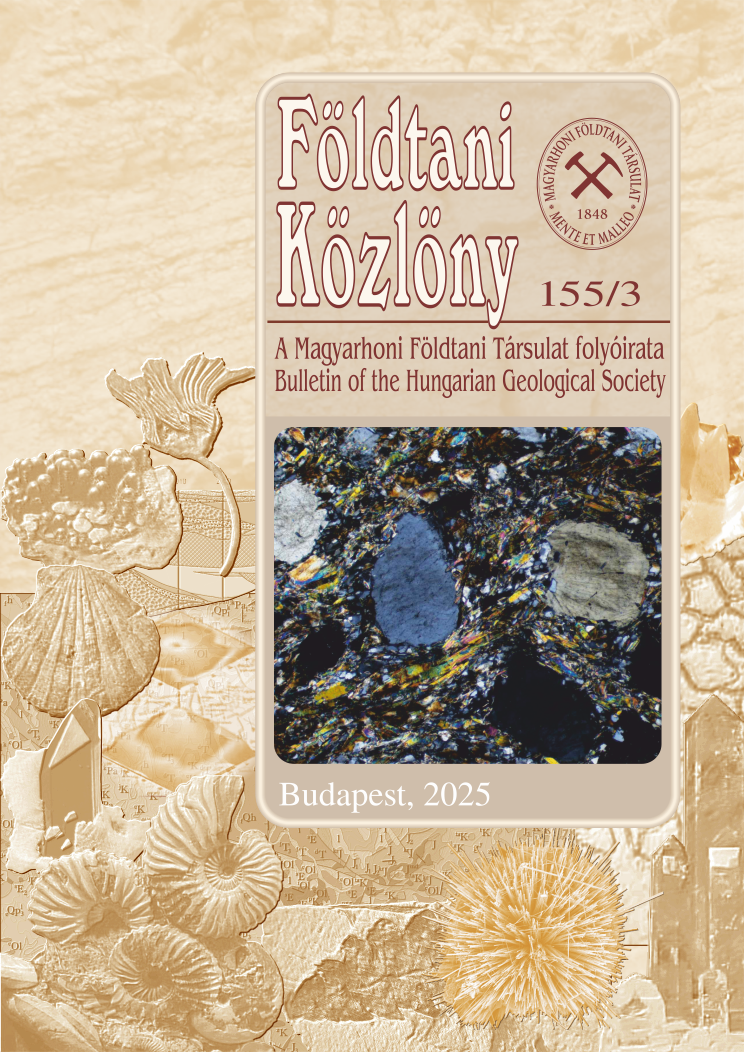Pál Müller’s Badenian Decapoda Collection in the Hungarian Natural History Museum, Budapest
Abstract
Sediments of the Central Paratethys Sea are widely exposed in Hungary and the most widespread are the strata of the Badenian age (15.97–12.6 Ma). During that time, shallow marine environments hosted a diversity of organisms, including decapod crustaceans, whose remains are commonly found at exposed localities with Badenian strata. Hungary is in the focus of Cenozoic decapod research, owing to the collections and research by Imre Lőrenthey and Pál Müller. After death of Pál Müller in 2015, his extensive decapod collection was transferred and deposited to the Hungarian Natural History Museum, Budapest. The most significant part of this collection is from the Hungarian Badenian, and most of these specimens are from Budapest or the environs of Budapest (Tétényi-fennsík, Diósd, Biatorbágy, Budafok, Rákos, Keresztúri út, Örs vezér tere, Kerepesi út, Gyakorló út, Thököly út, Mező Imre út = Fiumei út, Telepy utca). Materials from the Visegrád Mts (Visegrád), the Börzsöny Mts (Nagymaros Törökmező, Zebegény, Szob), and the Cserhát Mts (Mátraverebély, Szentkút and Sámsonháza) are also important, while the localities from the Transdanubian Badenian (Nyírád, Balatonakali-40, Kishajmás, Fertőrákos-21) yielded only very sporadic decapod specimens. Until now, nearly a hundred decapod species have been identified from the Badenian of Hungary, including the representatives of infraorders Gebiidea (1 species), Axiidea (9 species), Anomura (20 species), and Brachyura (69 species). All of them were treated in detail in a recently published book, providing updated descriptions, remarks on occurrences and also graphical representation of each of them, including the type material. Together with the systematic overview of 99 decapod species, a synopsis of all Hungarian localities yielding Badenian decapods was provided. The systematic investigation was introduced with an identification key to all discussed taxa. Taxonomic treatment of respective species resulted in recognition of ten new combinations, and additionally, several species were considered synonymous with previously described taxa.
















